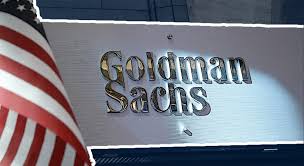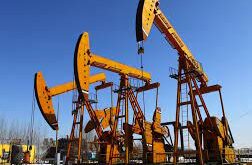The oil market could swing into a surplus in early 2019 as spare capacity is deployed. Goldman Sachs said in a note to clients cited by Reuters. The investment bank’s warning might not have an immediate effect on prices as traders are at the moment too preoccupied with the worry that OPEC’s spare capacity is at a historic low. but once it sinks in. prices could reverse their climb.
“While upside price risks will prevail for now. fundamental data outside of Iran has not turned bullish in our view.“ the investment bank’s analysts said in the note. “We expect fundamentals to gradually become binding by early 2019 as new spare capacity comes online.“
Goldman’s analysts said production in Libya and Nigeria was higher than expected. by 300.000 bpd. and coupled with Saudi Arabia’s production ramp-up and the political stabilization of Iraq. which improved prospects for higher output from Kurdistan. it could provide a supply buffer for the final quarter of the year. essentially reducing the supply worry stemming from the upcoming Iran sanctions.
The bank still expects 1.5 million bpd loss in Iranian supply. although others put the loss higher. at 2 million bpd. and others are skeptical about the sanctions cutting Iranian supply by even 1 million bpd. but until the shipping data for November starts flowing. it’s anyone’s guess. In fact. even then it would be guesswork as Iranian tankers are already switching off their tracking devices as they head out from the export terminals.
Goldman Sachs—which has been bullish on oil for most of this year— said in mid-July that it continues to expect that Brent Crude prices could retest the $80s a barrel threshold this year. but probably only late in 2018. not this summer. as uncertainties mount over the timing and magnitude of global supply disruptions. The bank turned out right and before it expected it as the oil market slipped into excessive emotionality. as Russia’s Alexander Novak put it this week.
 Iran Energy News Oil, Gas, Petrochemical and Energy Field Specialized Channel
Iran Energy News Oil, Gas, Petrochemical and Energy Field Specialized Channel




